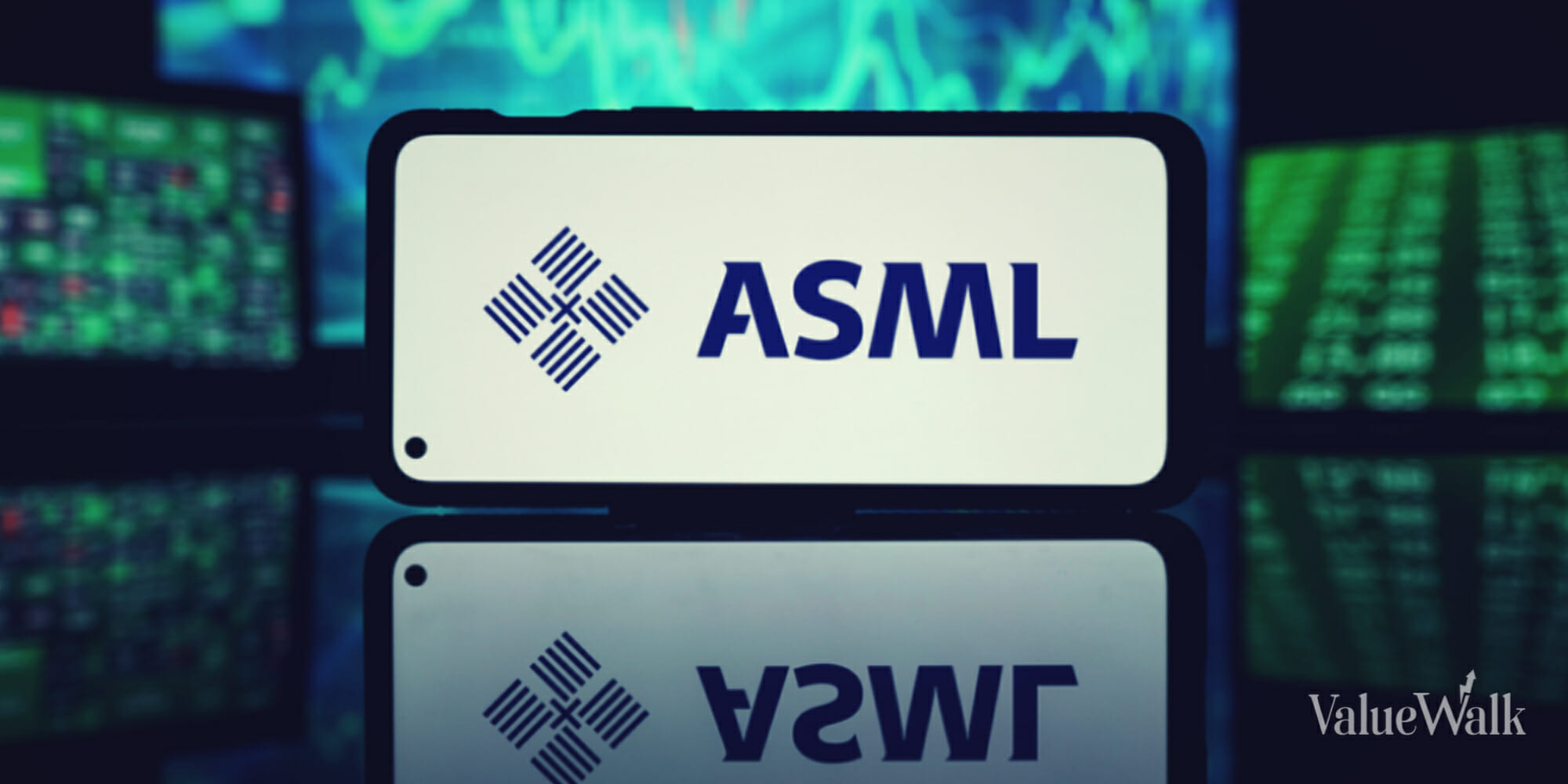Dear friends,
This morning, I looked up to the sky and saw a lone goose flying due north. The thermometer registered a chilly 31 degrees. In the distance, I heard a flock of geese squawking as if to call their errant flying mate back to the fold.
[REITs]skeeze / Pixabay
No doubt, many investors feel they too have lost their way these past few weeks, as if their internal compasses have malfunctioned. Dashed is the calm, replaced by jarring twists and turns as markets veer decidedly off course.
The root cause of the disturbance is interest rates. As miniscule as the moves in rates have been, we’ve learned the hard way how very sensitive these fragile markets have become. As one Twitter follower noted, a bond fund with a 10-year duration – think risk sensitivity – will decline in value by 10 percent if interest rates rise by one percentage point. Touchy, touchy!
And that’s the plain vanilla variety of risk. Though plenty of market sages have warned of the perils of risk parity and short volatility strategies, it wasn’t until Monday’s flash crash that we learned how much more sensitive they are to small moves in interest rates that in turn push up volatility.
As CNBC’s Rick Santelli warned Tuesday, we’d better know we’re competing with the, “If, then crowd.” Echoing Jim Grant, Santelli likened the risk parity/short volatility trade to 1987’s portfolio insurance. What’s an investor to do if everything priced to volatility is vulnerable and capable of being a trading trigger? Santelli’s answer in true, trademark pith: “Be careful of esoteric products bundled in neat packages.”
Into this fray stepped one Jerome Powell. Can you imagine Monday being his first day on the job, one he started by releasing a videoed statement in which he confidently assured the world of the financial system’s resilience? At least Greenspan had two months to gather his bearings before his own Black Monday dispensed with the façade.
Maybe Powell could have done without his predecessor hitting the Sunday morning news circuit with what appeared to be an epiphany that stocks and commercial real estate were overvalued. Seriously? Now?
For the time being, there are few if any signs of contagion. The fixed income space has been remarkably well behaved. That’s good news considering the European Central Bank’s Monday announcement that it would be increasing its allocation to corporate bonds in the remaining months of its quantitative easing program. Lovely.
If nothing else, I can only hope we’ve begun to appreciate how very distorted markets are rendered when price controls become the norm. Look no further than Venezuela to see what the end game is if price controls are imposed indefinitely, with brute force.
Knowing I once lived in Caracas, one subscriber was kind enough to send me this Wall Street Journal story, How Fast are Prices Skyrocketing in Venezuela? See Exhibit A: the Egg. Tragically, prices in the country I came to know and love are doubling every two weeks.
With any luck, Powell has the sense to grasp the dangers of markets making monetary policy to the extent they eventually levy price controls of their own. Thankfully, the Fed has remained mum on the markets rediscovering volatility. Let’s hope that remains the case.
In the meantime, I invite you to partake of this week’s tribute to the current generation of traders who’ve withstood the destruction of price discovery at the hands of overly-intrusive central banking policy. Please enjoy, The Unbearable Lightness of Trading.
On behalf of the plight of the Venezuelans, wishing you well
Danielle





